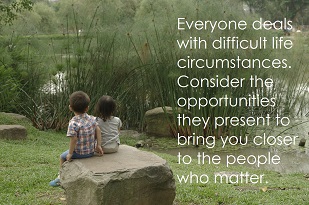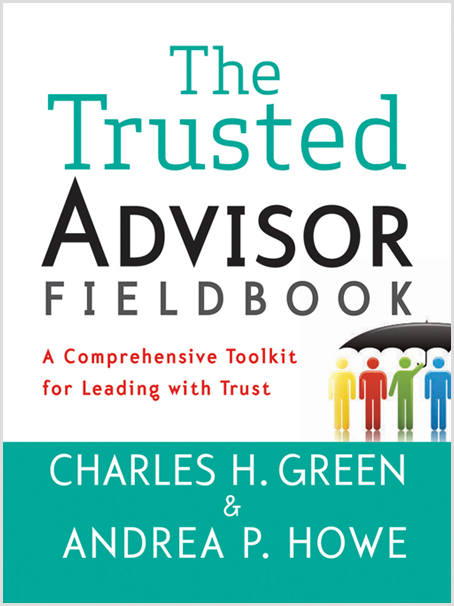This post is part of our Weekly Tips series.

I’ve recently had to deal with some challenging personal circumstances and therefore decide how much was appropriate to share with clients about it. I learned something important from sorting that out that I’m opting to share with you, especially because we get this question so many times in our workshops when we beat the “trust is personal” drum: where do you draw the line between personal and private? I’ll answer that here.
It all started when two close members of my spouse’s family passed away, within two weeks of each other. One was expected, though no less heartbreaking; the other wasn’t expected at all.
We lost the first family member shortly after I left for vacation, and I aborted the trip so I could be home. A lot of clients knew that I was supposed to be off the grid for 10 days for my annual art retreat, and a lot of them inquired about it when I finally came back online. It was fairly obvious what to do when they specifically (and usually excitedly) asked, “So, how was your vacation?” I wasn’t going to lie.
But what about:
- More distant clients who learned about my time away from my out of office message, and subsequently mentioned it—should I say something?
- Those who simply asked me as a social nicety how I was in the days immediately following the events—should I tell the truth?
- Clients who knew from prior exchanges that the one family member had been very ill, and had subsequently inquired—should I actually initiate the sharing of the news?
[Tweet “When it comes to sharing personal stuff … how much is too much? #getreal #communication #relationships”]In the end, I found myself using two of the three questions from the three-question transparency test to help me decide:
- Would they feel misled if they found out later?
- Would I tell them if they weren’t clients, but friends?
In every case, the answer to at least one if not both questions was, “Yes.” So I opted to share. I aimed to do it honestly and matter-of-factly, rather than in a woe-is-me kind of way. I used caveats so they’d know an unexpected answer to a cheery or benign question was coming. I also opted to tell the truth via out of office message when I was out of town for a funeral.
Sometimes it all felt just fine, other times I felt a little vulnerable. In all cases I got truly lovely and heartfelt replies—surprisingly so, in some cases. I’d like to think the exchanges actually benefitted all parties. I know they benefitted me.
Everyone deals with difficult life circumstances. It’s not a matter of whether things happen, but when. Consider the opportunities they present to bring you closer to the people who matter.
Why not include clients in your inner circle?
Make It Real
This week, reflect on the kinds of things you consider “private,” and therefore inappropriate to share in a professional setting, and what you consider “personal.” See where you typically draw that line. Then look to see where you might consider moving that line a little for the benefit of your relationships.
Learn More

Refresh on what not to say to a grieving client, or read a story about how getting personal made the difference in the bidding process in Chapter 11 of The Trusted Advisor Fieldbook.
Andrea Howe
Latest posts by Andrea Howe (see all)
- A lesson from my own trust “fail” in my first-ever client meeting - April 15, 2024
- Why choosing silence in the face of awkwardness can be a trust tragedy - March 21, 2024
- What NOT to do when you think you’re being ghosted - February 21, 2024
